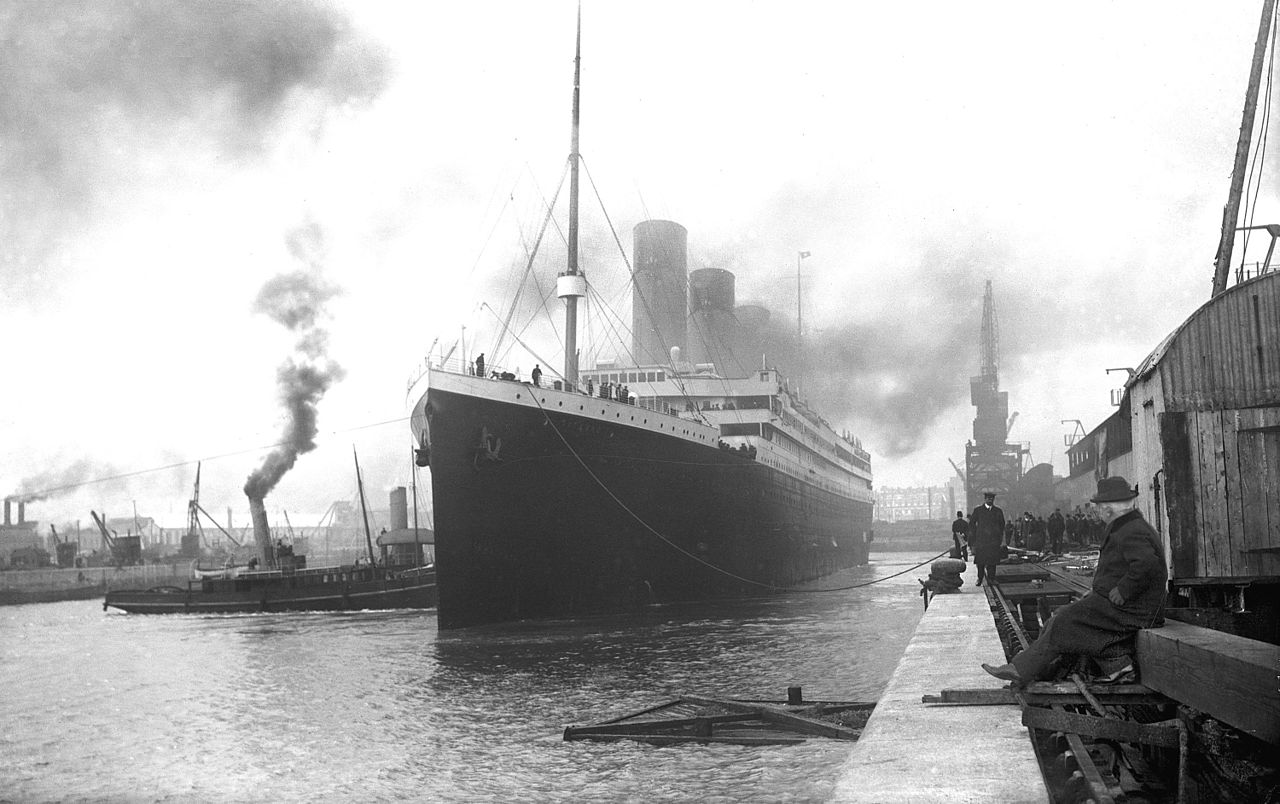Safety concerns were raised about the tourist submersible missing close to where the Titanic sank.
OceanGate Expeditions charges tourists $250,000 for an eight-day journey to see the wreck of the world’s most famous ship.
The voyage is extremely risky and a former passenger told the BBC, “You sign a waiver before you get on that mentions death three different times.”
On Sunday, contact was lost with the Titan submersible an hour and 45 minutes into its trip to and a rescue effort was launched.

Now it has been revealed that in 2018 the Marine Technology Society noted there was “concern regarding the development of Titan and the planned Titanic Expeditions” and cautioned against the “current experimental approach adopted by OceanGate”.
The organisation was also critical of the claim that Titan “meet[s] or exceed[s] the DNV-GL safety standards” - despite there being no plans for the submersible to be independently assed.
OceanGate declined to comment on the contents of the letter when approached by the New York Times.
The search
Overnight, the search for the submersible was refocused after “noises” were heard in the area where the vessel went missing.
Rescuers believe passengers have enough oxygen to last until tomorrow morning but the chances of them being found are slim.
“Right now they don’t have a location, they don’t have a solution and the time is running out,” former British Royal Navy Admiral Chris Parry said.
“This is getting very urgent in terms of air and unless they bring in some very radical solutions then [they are] going to run out of time.”
Onboard the submersible are the businessman Hamish Harding, businessman Shahzada Dawood and his son Suleman, explorer Paul-Henry Nargeolet and OceanGate CEO Stockton Rush.
Main image: The United States Coast Guard searching for the 21-foot submersible "Titan" from the Canadian research vessel Polar Prince. Picture by: Alamy.com









